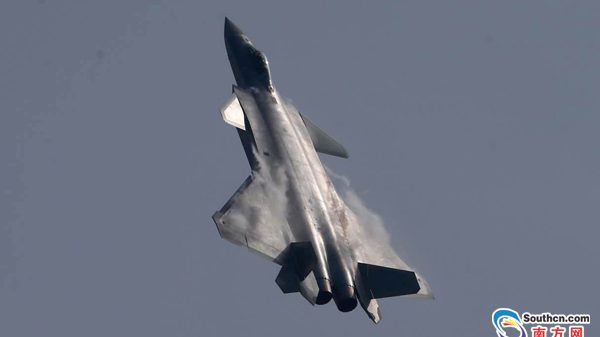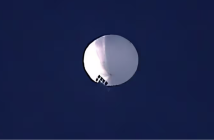At the Zhuhai Airshow last week, China formally debuted its J-20 stealth fighter, prompting comparisons to America’s stealthy super fighter, the F-22.
Some dubbed the J-20 China’s F-22 clone.
That sounds interesting, but is far from the mark as the two jets couldn’t be more different, driven by the differing needs of the countries that developed them.
For starters, the J-20 isn’t terribly stealthy, but stealthy enough head on to accomplish its mission as a long-range hunter with long-range missiles to kill high-priority large US jets like command, radar, antisubmarine, reconnaissance and tanker aircraft.
The F-22, in contrast, is stealthy from all angles and sweep the sky of enemy fighters as part of a global force that has to accomplish a vast array of missions. The J-20 is a tool to execute a specific mission as part of China’s plans to keep US and allied forces far from its shores.
That said, it, the J-31 – which is China’s copy of US-led F-35 Lightning II – and Russia’s PAK AF make it clear that America’s monopoly on stealth is eroding as others seek to gain what is a critical military advantage.
Fortunately, both the US Air Force and Navy are working on what their future high-end fighter will look like.
While the Navy has hinted at a more conventional fighter, the Air Force is being far less specific, indicating that it wants a system that can dominate vast chunks of airspace.
Achieving that aim may depend less on sleek fighters, but far larger, equally stealthy jets with long range and able to haul either large numbers of very long-range missiles or other systems like lasers and rail guns to destroy threats at distance with a high certitude of avoiding friendly-fire casualties.
This focus on future systems comes as the United States and partners work to field the F-35, a stealthy jet that is already revolutionizing air warfare.
It is a massive, expensive program that is already years behind schedule.
Maintaining America’s stealth advantage through platforms like F-22 and F-35 are essential in a world where air defenses are getting more lethal. They will help make US and allied forces, including fourth generation fighters, more effective.
Threats, however, are fast moving and to stay ahead of them, it’s time to develop a new long-range aircraft shaped by the lessons from the F-22 and F-35 – and the B-2 and B-21 bombers – as well as their systems.
Another priority is a new generation of air-to-air missiles that are effective beyond 100 miles.
America and its allies have enjoyed overwhelming air superiority for decades, ensuring that no US soldier has died from enemy air attack since the Korean War. That has been achieved through continued innovation and sustained investment in new air systems that must continue.




